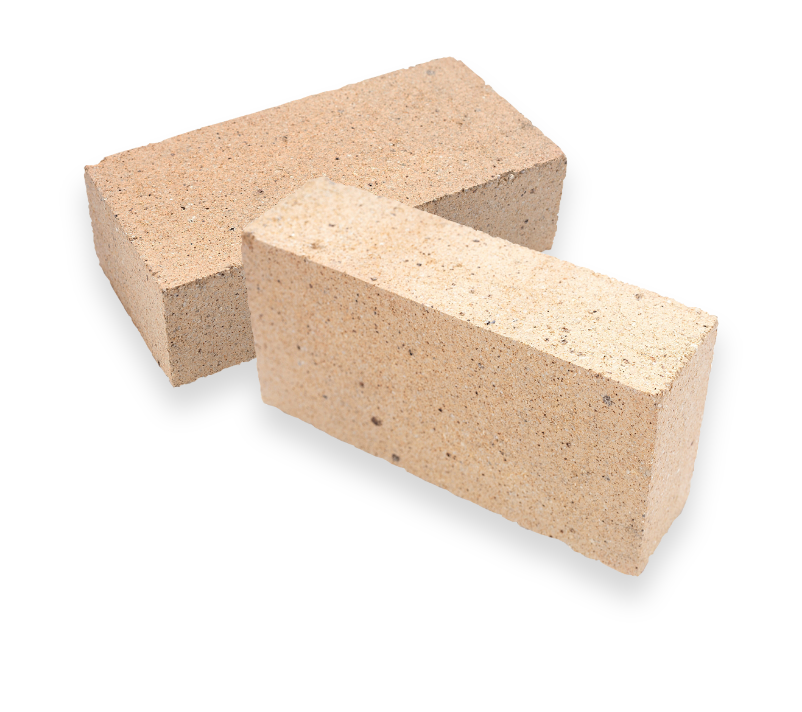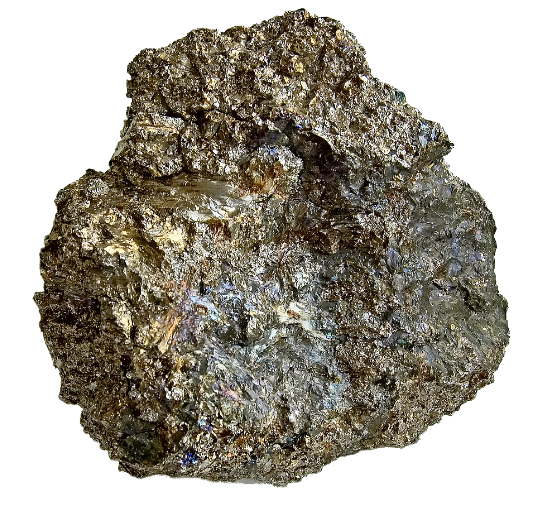1762
J.G. Legmann described an orange-yellow mineral discovered in Siberia’s Ural Mountains, which he called crocoite because it resembled the colour of egg yoke (krokos in Greek).


1797
French chemist Nicolas-Louis Vauquelin identified a new metallic element in this mineral. He called it “chromium”, after the Greek khrōma, meaning colour, because of its colourful compounds. At this time, the yellow deposit obtained by crushing the mineral was already being used as a paint pigment. After further research, Vauquelin found that trace elements of chrome give rubies their characteristic red colour and emeralds, serpentine and chrome mica their distinctive green.
Early 1800s
Chrome’s versatility soon became more evident. While paint remained the main application for many years, in the 19th century potassium dichromate was found to be an excellent mordant in textile dyeing, helping dyes to attach and adhere to the fabric. A few years later, chrome sulphate was introduced in a process for tanning leather. The 1850s saw the discovery of chromium plating – an electrode position that gives metal abrasion resistance, wear resistance, corrosion protection, lubricity, and aesthetic qualities.


Late 1800s
Late in the 19th century, chrome began to be used in refractory bricks (an application which saw substantial growth later in the 1930s). However, its use in foundry sands for moulding, did not come until the 20th century. The first patent for the use of chrome in steel was granted in 1865.
1900s
Chrome’s application as a timber preservative dates from the early 20th century.
The large-scale use of chrome in metals didn’t materialise until the development of the electric arc furnace in the early 1900s, which made it possible to smelt chromite into ferrochrome. At this stage, chrome was used to produce chrome metal – an alloy composed almost entirely of chrome.
Stainless steel was discovered in the early 1900s and the rest, as they say, is history.

The historical timeline of chromite
Learn more about the discovery of chrome, its many properties and applications.
The historical timeline of chromite
1762
Legmann discovers crocoite.
1797
The western world identifies chromium (Vauquelin).
1811
First known major chromite discovery in the USA (exploited immediately).
1820
Potassium dichromate first used as a tanning mordant and Koechlin introduces chrome yellow in calice printing.
1821
Berthier and Faraday discover chromium’s alloying properties and produce the first chrome-alloyed steel.
1830
Norway begins to mine chromite.
1846
Small chromite deposits discovered in Canada.
1848
Important chromite discovery in Turkey.
1849
Chromite discovered in lndia (but is only exploited 50 years later).
1858
Chrome leather tanning invented.
1860
Turkey becomes world leader in chromite production.
1865
Important discovery of chromite in South Africa and Zimbabwe (only exploited 50 years later). First patent for the use of chrome in steel.
1879
First recorded use of chrome in refractory applications.
1882
Chromite discovered in Australia.
1892
First commercial discovery of chromite on Russian territory.
1893
First ferrochrome produced by Moissan, in an electric furnace. First use in armour plating (Germany).
1897
America produces its first commercial high-carbon ferrochrome.
1898
First production of pure chromium by aluminothermy.
1906
Chrome ore found in Brazil and Cuba. First industrial production of ferrochrome in USA by UCAR.
1935
Chromated copper arsenate first used as a preservative in timber treatment.
1937
Discovery of chromite deposits in Albania and the Philippines.
1942
First production of HC and M/L C ferrochrome in South Africa.
1943
First ferrochrome site in the USSR (Kazakhstan).
1960
First use of chromite as a specialist foundry sand (South Africa).
1963
First furnace for charge chrome production in South Africa.
1966
USSR becomes the most important ferrochrome producer.
1983
First DC plasma arc furnace for ferrochrome in South Africa.
1999
South Africa becomes the world's most important producer of charge chrome.
2006
Increase of UG2 production in South Africa.
2010
Record levels of ferrochrome and stainless steel production.
2012
China becomes the world’s most important producer of ferrochrome.
World production of chromite
Discover more about the production of chromite on our Market Insights page.
9.4M
1984
15M
2000
35M
Present day
1984
2000
Present day
Market Insights
For all the latest market data on the global chrome and ferrochromium markets, as well as chrome ore resources, visit our Market Insights page.
